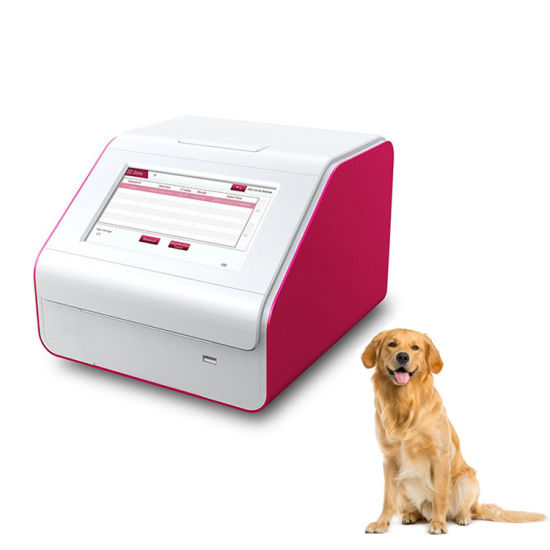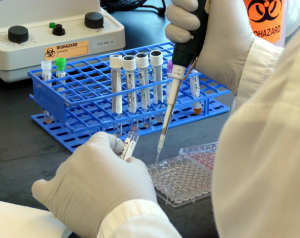
Summary
DNA technology is having a major impact in many areas of veterinary parasitology. In particular, polymerase chain reaction (PCR) has found wide applicability because its sensitivity allows enzymatic amplification of gene fragments from minute amounts of nucleic acids derived from limited amounts of parasitic material. This paper reviews some recent applications of PCR-based methods for parasites and highlights their utility or potential for those of veterinary importance. The focus is on PCR tools for accurate parasite identification and genetic characterization, diagnosis of infections, isolation and characterization of expressed genes, detection of anthelmintic resistance, and mutation scanning approaches for high-risk analysis resolution of Veterinary PCR products.
Real-time PCR
Real-time PCR is a second-generation PCR platform with significantly improved testing characteristics. Introduced in 1996, it has revolutionized and replaced conventional PCR approaches to quantify DNA and RNA. Today, RT-PCR is the gold standard for quantitative PCR and is rapidly being accepted as the method of choice for CRP diagnosis.

Contamination control
Quantification is just one of the many advantages of RT-PCR. Unlike conventional PCR, the reaction tubes remain closed after the PCR process is complete. The accumulation of PCR products is measured in real-time during the amplification process with a fluorescently labelled probe inside the PCR reaction tube. The closed tube detection system reduces the carryover of PCR products and the risk of generating false-positive signals. We also use a second system in our master mixes that do not allow PCR products to be re-amplified.
Higher analytical sensitivity and specificity
Real-time has proven to be ultra-sensitive; direct comparisons with conventional nested PCR place it ahead of the conventional approach. Real-time PCR has a lower detection limit of 5 molecules and has better analytical sensitivity than conventional PCR with eliminated risk of contamination.